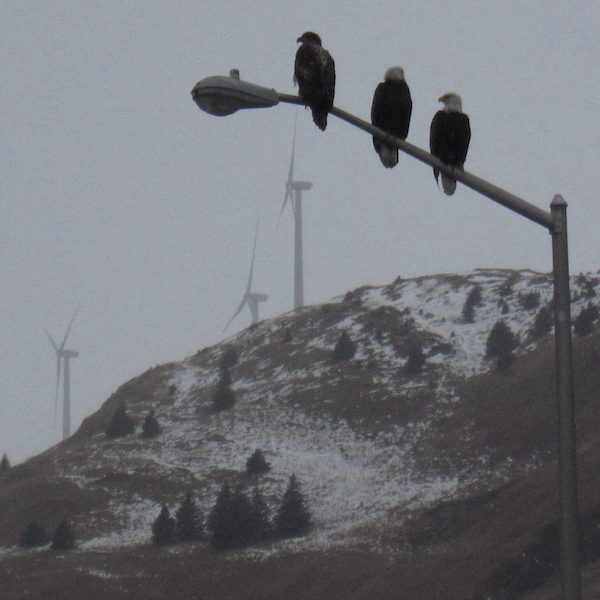🇺🇸 Alaska governor creates new energy task force

By Yereth Rosen, Alaska Beacon
ALASKA’S GOVERNOR MIKE Dunleavy, has launched a new task force to help craft the state’s overall energy policies.
The Alaska Energy Security Task Force is “to develop a comprehensive statewide energy plan that will evaluate energy generation, distribution, and transmission for the state of Alaska and its communities,” according to an administrative order issued by Mr Dunleavy on 23 February.
The task force, with 13 voting members and five non-voting members, is to deliver an initial report by 19 May, the order said.
“Despite Alaska’s position as a leading producer of energy, the cost of energy in Alaska, especially in our rural communities, is extremely high,” the Mr Dunleavy, a republican, said in a statement. “As everyone has been reminded by the war in Ukraine, access to and cost of energy are influenced by global events. I’m establishing this task force to create a plan that will reduce Alaska’s vulnerability to fluctuating energy markets by securing dependable and affordable energy for Alaskan residents.”
The task force will be focused on in-state needs, said Grant Robinson, a spokesperson for the governor. “Part of the plan the task force will produce includes identifying policies, programs, regulatory changes, and funding that could accelerate the adoption of energy strategies that the task force identifies. That work could be the basis for future legislation,” he wrote in an e-mail.
FURTHER READING
• University report aims to guide state energy policy
• Across Arcitc North Amercia, solar energy is gaining a foothold
• Alaska’s experience shows benefits — and challenges — of wind energy in Arctic
• Alaska’s governor wants the state to cut ties with banks who shun Arctic oil drilling
The 13 voting members are to include heads of relevant state departments and agencies and representatives of utilities, urban and rural communities, the energy and mining industries and other sectors, the order said. There is to be at least one member from a community dependent on Power Cost Equalization, the state programme that subsidises power in remote sites where electricity is costly.
The non-voting members of the task force are to be legislators and representatives of the federal Denali Commission, the Regulatory Commission of Alaska and the US Department of Energy’s Arctic Energy Office, the order said.
The order creating the Alaska Energy Security Task Force comes five months after Mr Dunleavy issued a different administrative order creating an Alaska Office of Energy Innovation. Among the stated responsibilities of that organisation, created within the governor’s office, was development of policies to lower Alaskans’ energy costs. That includes research into non-fossil-fuel sources like nuclear and renewable energy sources like wind and solar and study of carbon-capture technology, according to that 30 September administrative order.
The Office of Energy Innovation will oversee and provide support for the new Alaska Energy Security Task Force, Mr Robinson said.
Alaska Beacon is part of States Newsroom, a network of news bureaus supported by grants and a coalition of donors as a 501c(3) public charity. Alaska Beacon maintains editorial independence. Contact Editor Andrew Kitchenman for questions: [email protected]. Follow Alaska Beacon on Facebook and Twitter.
This article has been fact-checked by Arctic Business Journal and Polar Research and Policy Initiative, with the support of the EMIF managed by the Calouste Gulbenkian Foundation.
Disclaimer: The sole responsibility for any content supported by the European Media and Information Fund lies with the author(s) and it may not necessarily reflect the positions of the EMIF and the Fund Partners, the Calouste Gulbenkian Foundation and the European University Institute.
